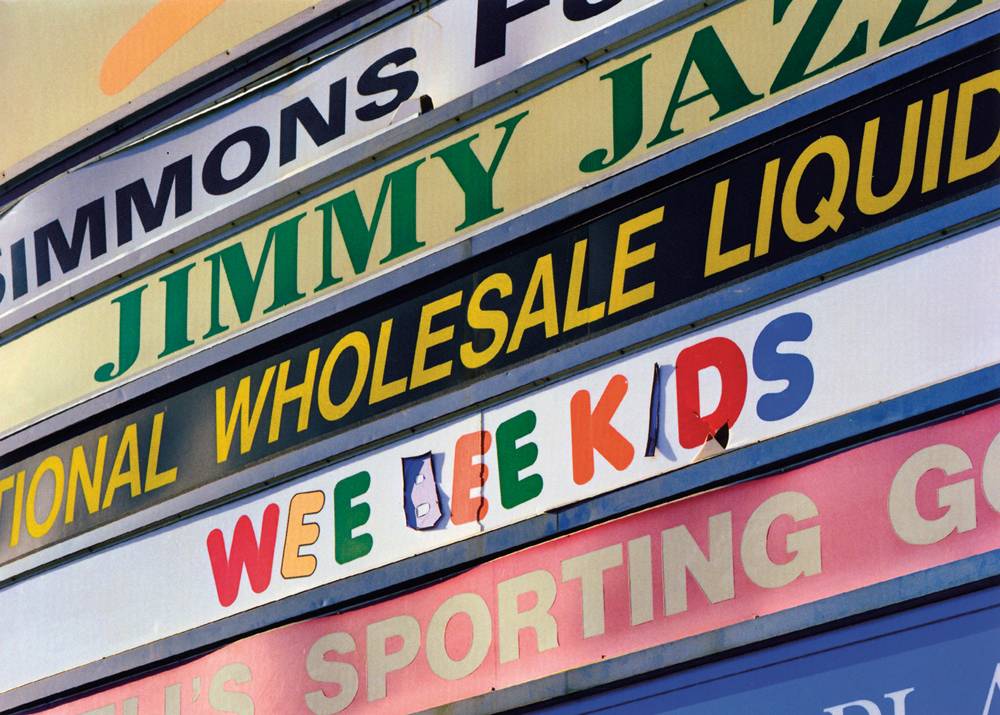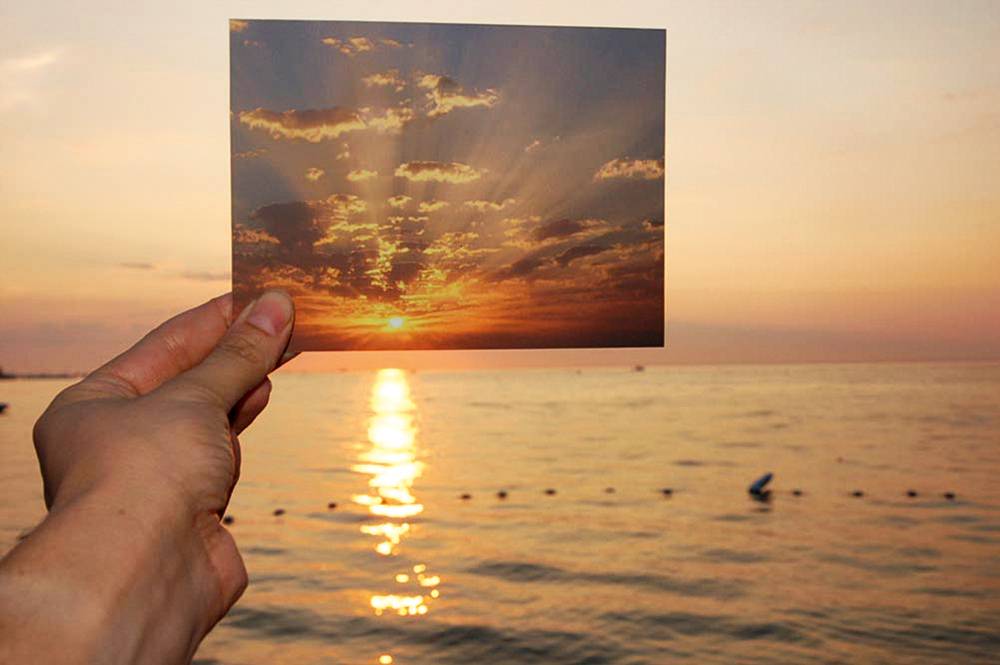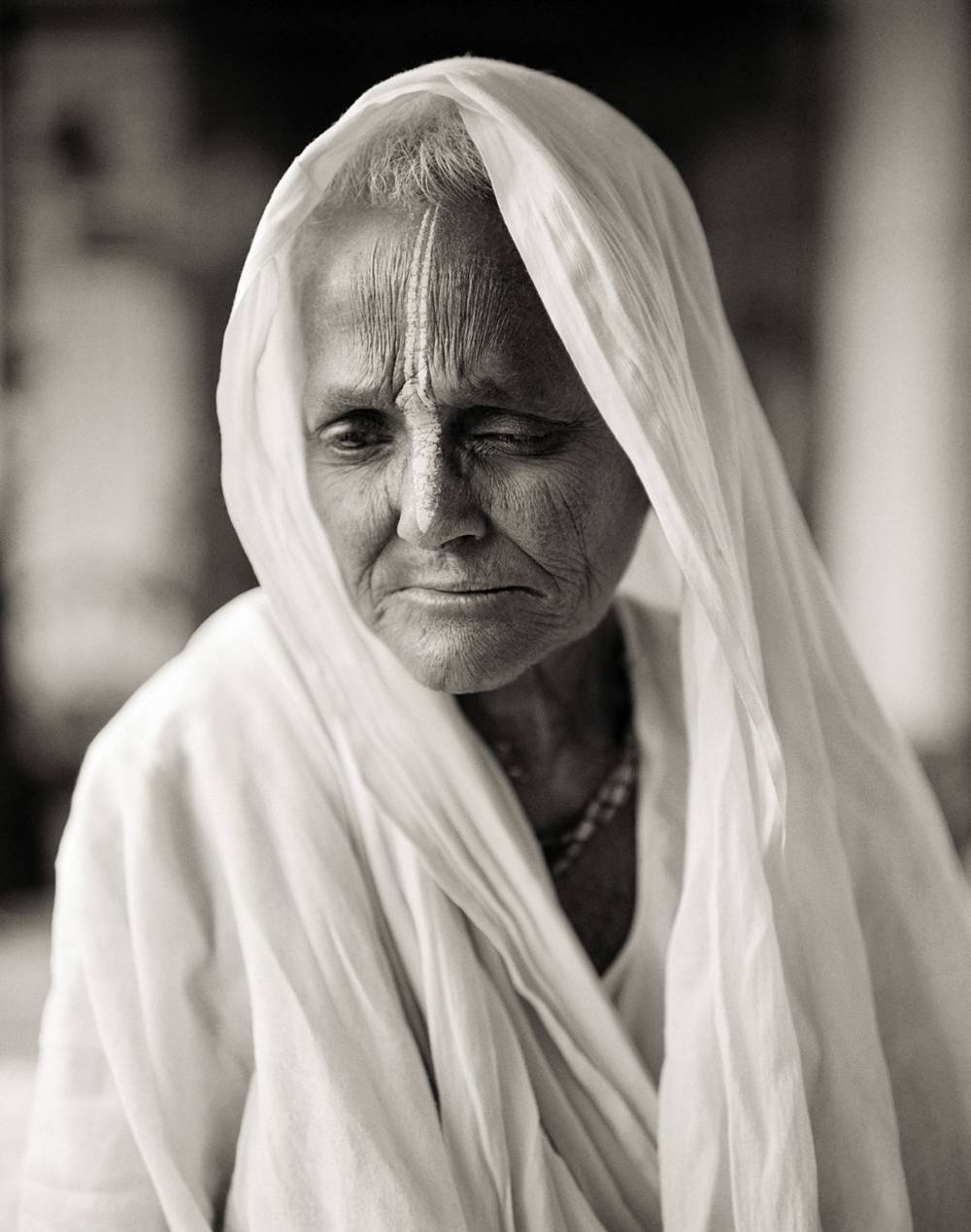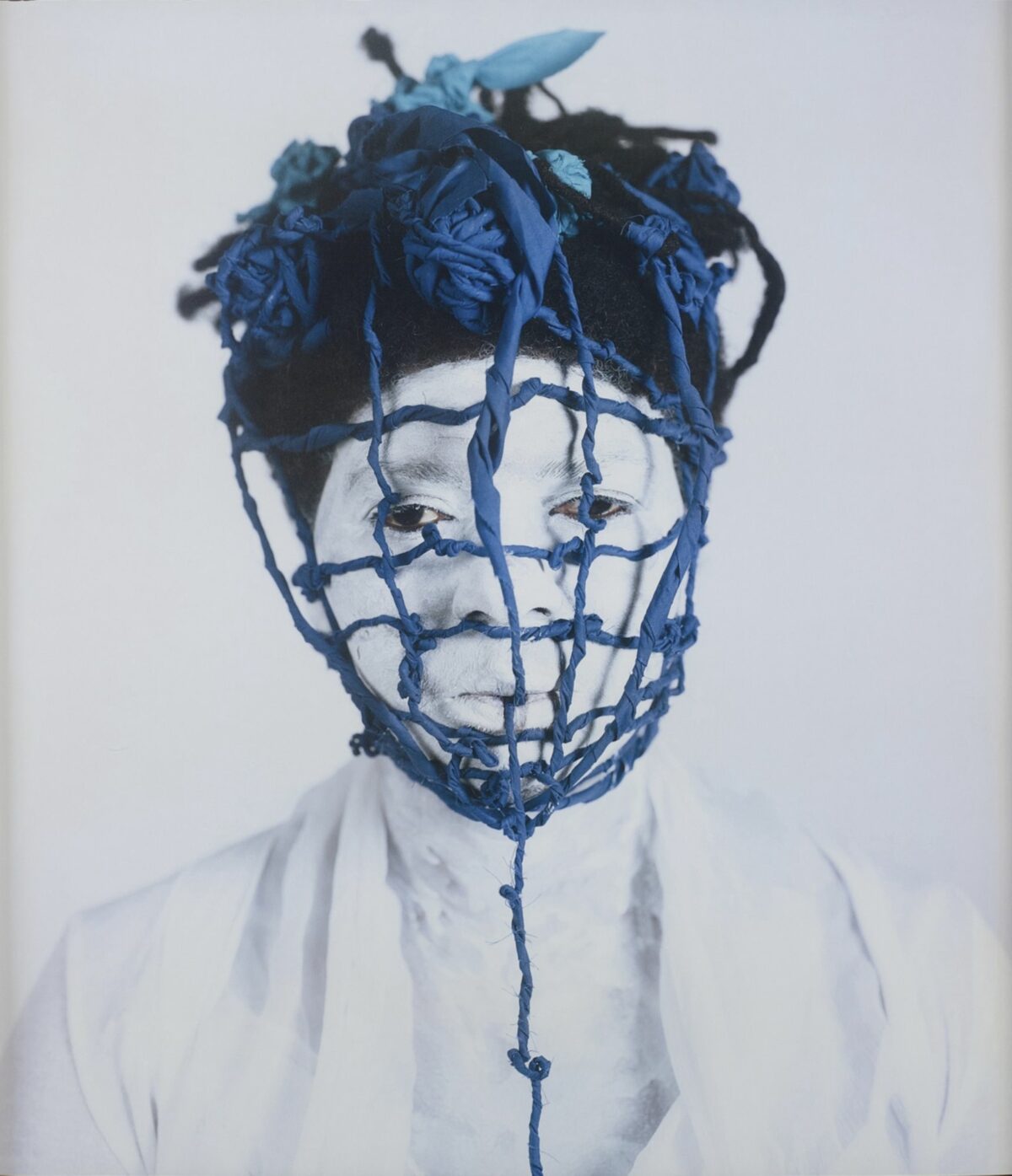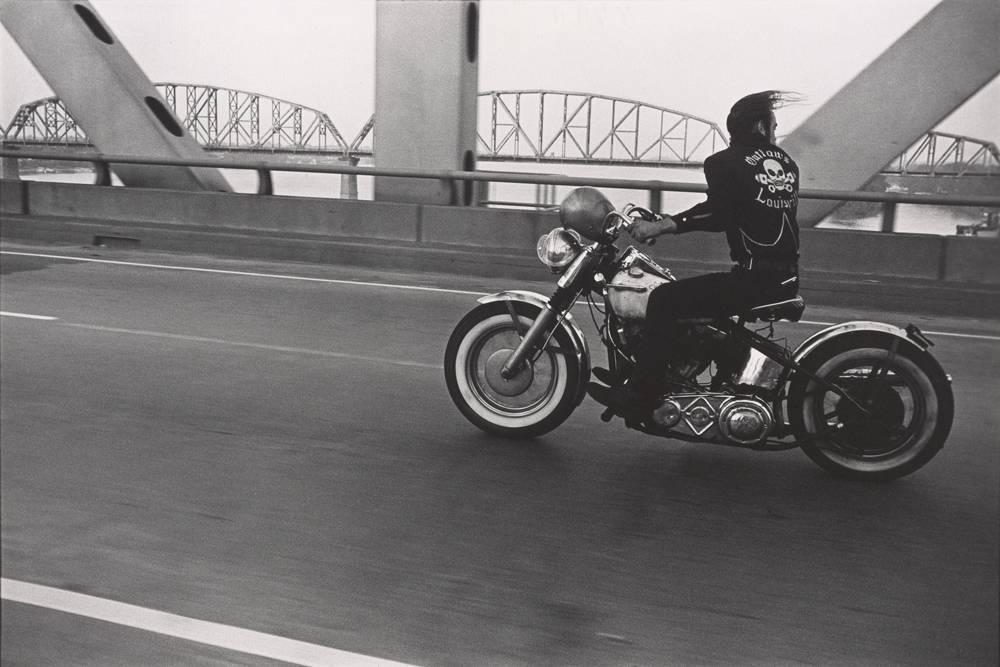The inevitable, keenly anticipated third volume of Martin Parr and Gerry Badger’s The Photobook: A History (Phaidon) hardly needs an endorsement here. Even if it weren’t as intelligent, eccentric, and smartly designed as the first two volumes (from 2004 and 2006), the fact that it adds nearly 300 mostly contemporary titles to the history makes it just about irresistible to anyone with a serious interest in the subject. The authors stress the subjective nature of their approach. “We have always believed that our volumes act as a kind of unofficial revisionist history,” Parr writes. “Lost books and photographers are given a new lease on life, while more established photographers have their legacies reappraised.” Since volumes I and II covered most of the recognized classics, from The Americans to Raised By Wolves, there are fewer legacies to reappraise here, leaving plenty of room for key leftovers, some brilliant new discoveries, and a ton of oddities and obscurities. Parr and Badger confess a bias toward documentary work (“and we certainly are taking a stand against the narrowness of ‘photography for its own sake’”), but that never limits their aesthetic range. Organized into categories that include propaganda, protest, desire, identity, and conflict, the mix is, as usual, fascinatingly quirky and sharply opinionated. It also seems designed to undercut the notion that The Photobook is a shopping list for collectors, if only because so many of its entries — a string-bound pamphlet protesting the British occupation of Palestine in 1933, a set of miniature propaganda booklets distributed by the Nazis to charity donors, a 1973 Czechoslovakian sausage sales catalog — would be nearly impossible to find. Many of the titles here were self-published in very small editions; when the Gap objected to Robert Heinecken’s 1999 appropriation of its famous khaki ads, the print run was limited to 20 spiral-bound artist’s proofs. Needless to say, Parr is encouraged by the proliferation and popularity of self-published books, despite the glut of photographs on the Internet. “It is as if the digital distribution of so many photographs has made people appreciate more the actual printed page,” he suggests. With all the young photographers turning to the printed page as their prime mode of expression, a fourth volume may not be too far off.
Meanwhile, here are a few books to pick up right now, starting with the catalogs for two important New York exhibitions of work that subverts conventional photographic formats: Eva Respini’s Robert Heinecken: Object Matter (MoMA) and Carol Squiers’s What Is a Photograph? (DelMonico/Prestel). Because the work under discussion is rarely one-dimensional or confined to the wall, neither book is a substitute for the experience of seeing the shows (at MoMA through September 7 and at ICP through May 4), but both are substantial and incisive, and Squiers’s survey of pioneering and contemporary photographers who, like Heinecken, have radically altered our ideas of what a photograph can look like (including Adam Fuss, Liz Deschenes, James Welling, Eileen Quinlan, and Marco Breuer) could not be more timely. The terrific color portraits and black-and-white landscapes in Katy Grannan’s The 99 and The 9 (Fraenkel Gallery/Salon 94), two catalogs in one slipcase, are rooted in the documentary tradition. In a sense, Grannan is updating Walker Evans and Dorothea Lange, but her pictures of drifters, loners, and other seemingly down-and-out passers-by are closer to Diane Arbus in their absorbing specificity. Isolated against white walls and pinned down by the pitiless California sun, these weathered characters also recall the now-iconic figures from Avedon’s In the American West. Grannan’s strong, deeply felt photographs, as tough as their subjects, already look like classics, and the book treats them with all due respect.




